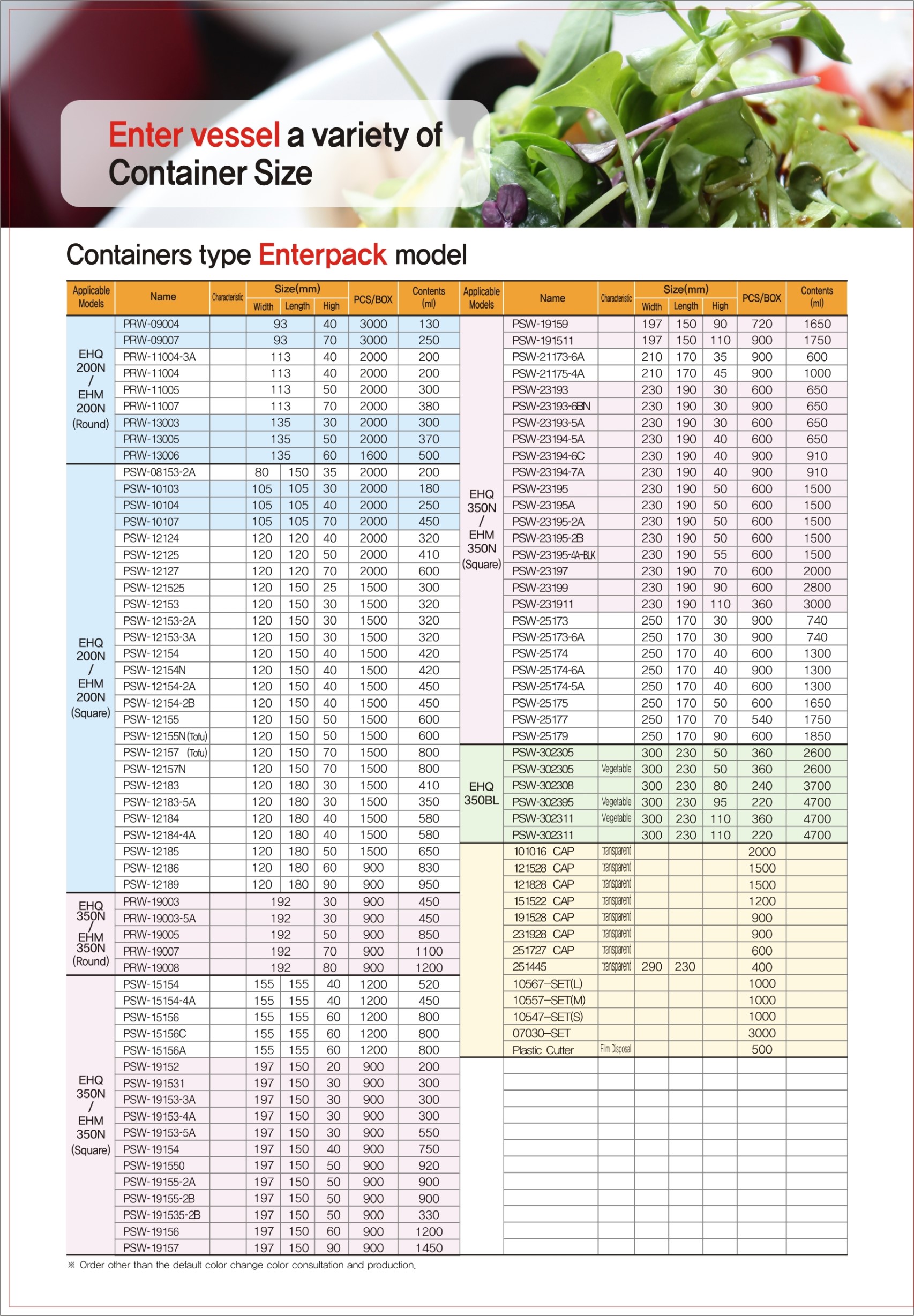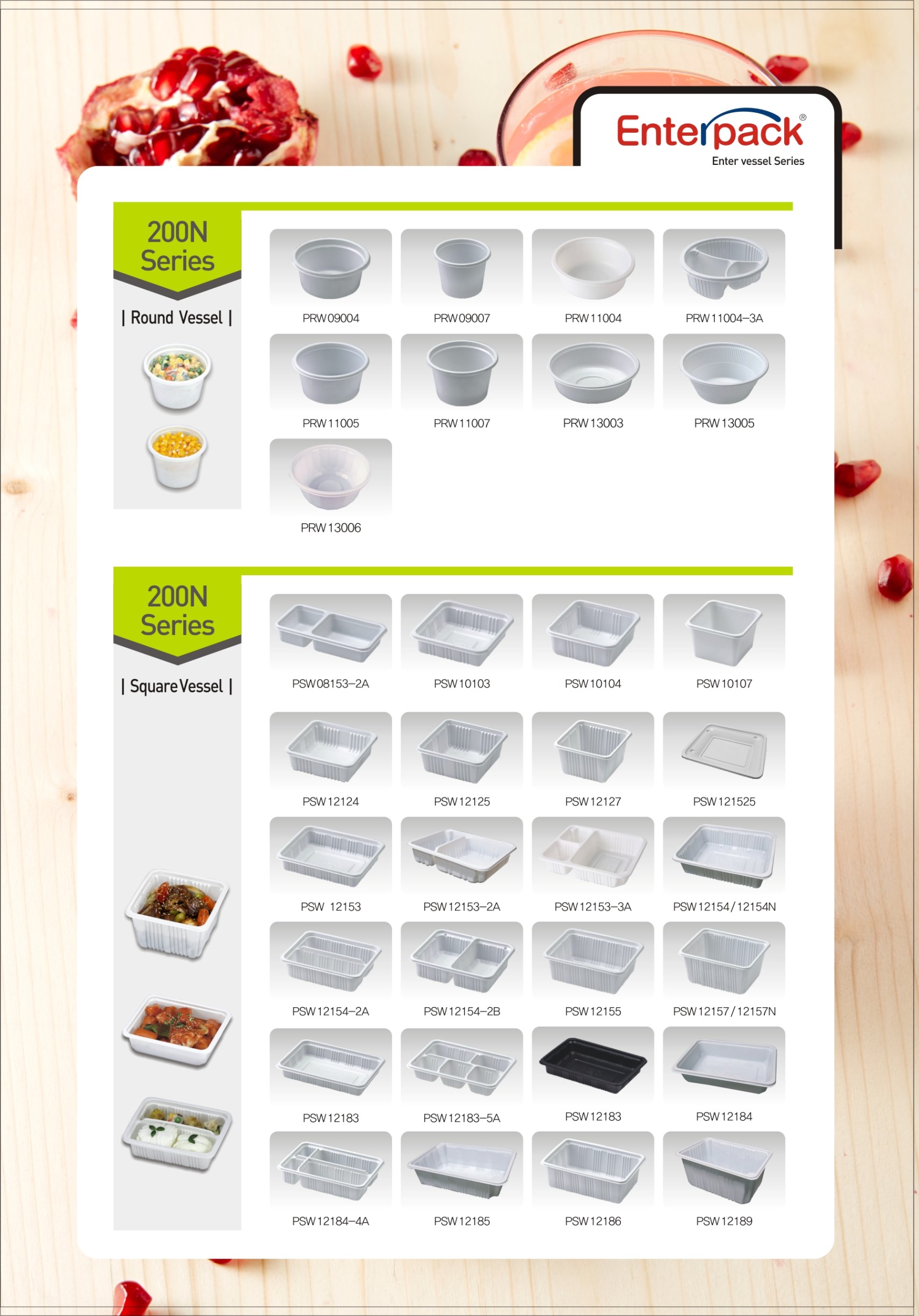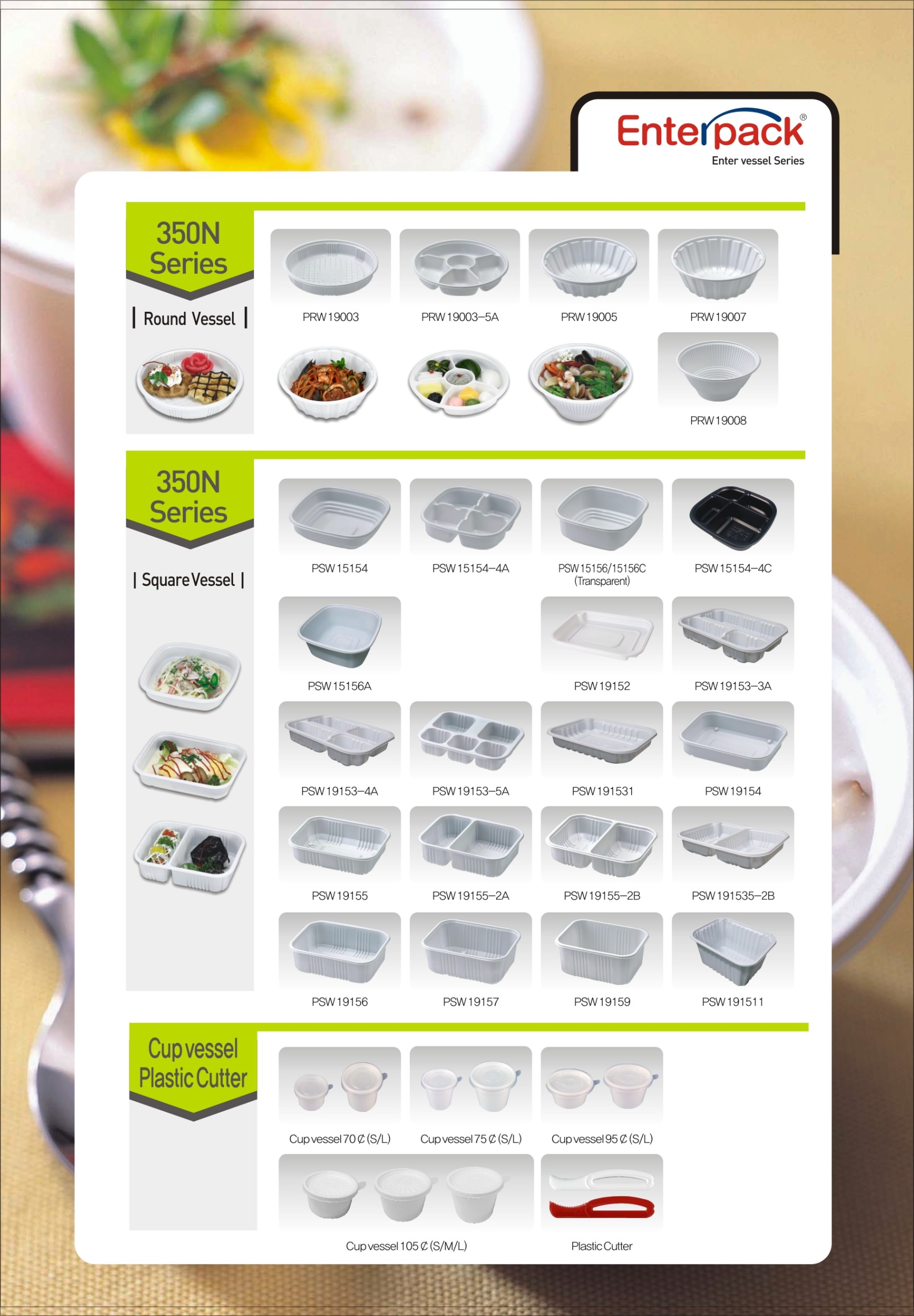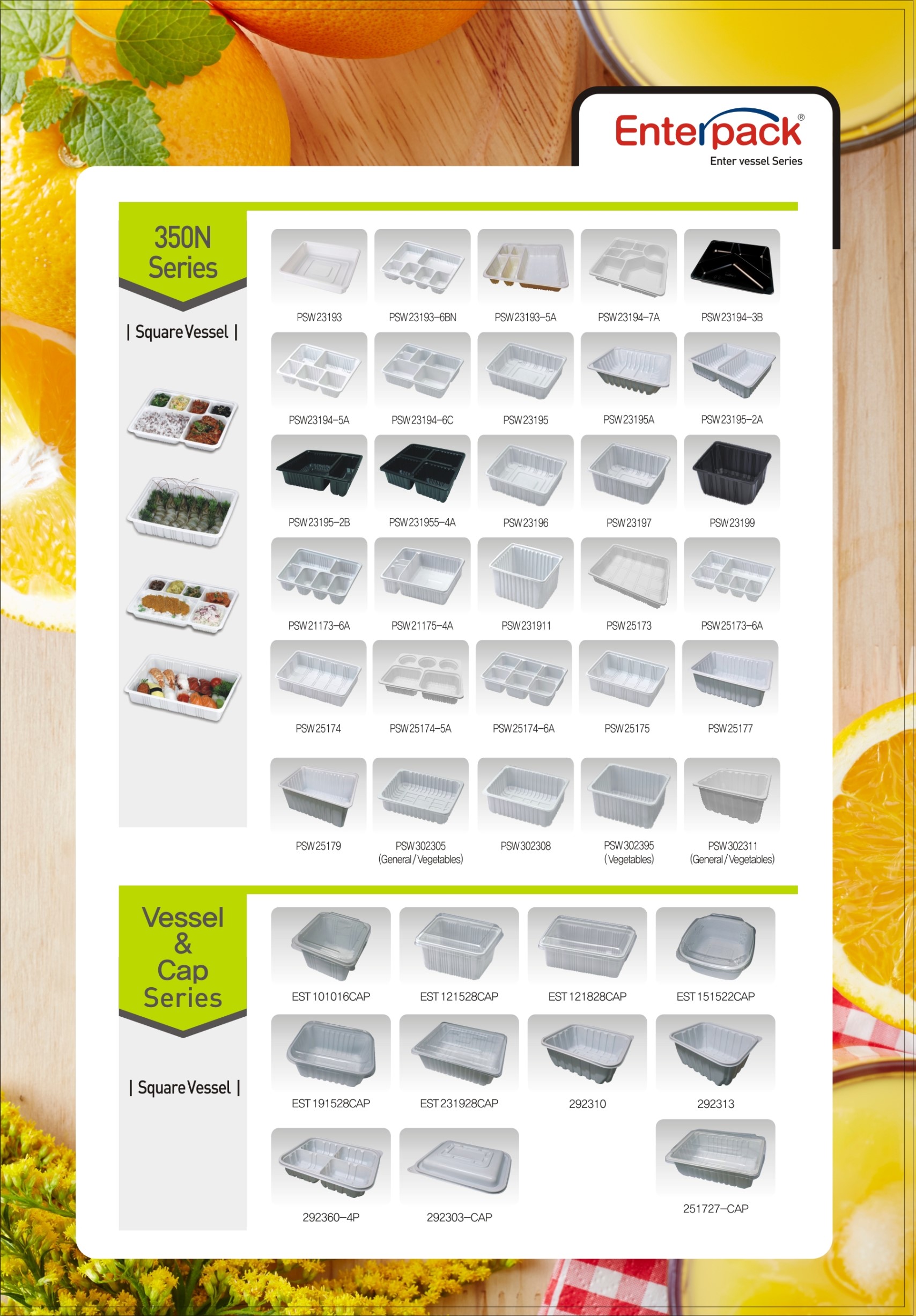
14 Feb Environmental Impact of Plastic Bags Less than Paper and Cotton Bags, Say Researchers
When scientists look at the full life cycle of plastic retail bags versus paper and cotton, plastic bags usually come up an environmental winner. These studies have been done before, but a new one just came out from Nanyang Technological University (NTU) in Singapore. Scientists there modeled the cradle-to-grave environmental impact of different types of shopping bags and report that in cities like Singapore, single-use plastic bags made from high-density polyethylene (HDPE) have a smaller environmental footprint than single-use paper and multi-use cotton bags.
 |
| NTU Singapore researchers carried out a life-cycle analysis of five types of bags to evaluate the environmental impact associated with their production, distribution, transportation, waste collection, treatment, and end-of-life disposal. Image courtesy NTU Singapore. |
Reusable plastic bags made from polypropylene-based non-woven plastic were the most eco-friendly option, followed by single-use plastic bags, the study found. I would also note that surveys of US consumers have proven that the term “single-use” for retail plastic bags is a bit of a misnomer given that the majority of consumers say they re-use their plastic retail bags for trash, dog/cat-litter clean up, and more.
The NTU model revealed that cotton and kraft paper bags have relatively bigger environmental footprints because of their greater contribution to global warming and the eco-toxicity potential in their production.
This study agrees with other research conducted over the years: When all of the processes required for manufacturing paper and cotton bags are taken into account, the footprint for these materials is much larger. To make cotton bags, for example, growing the cotton requires gasoline or diesel for fuel for agricultural field preparation, planting, and harvesting; water for growing the cotton plants; weed killers to keep the fields free of unwanted plant material; and fuel for the aircraft that sprays defoliant on the fields so the bolls can then be harvested easily with less plant matter in them. The cotton then has to processed into thread, woven into material, and sewn into bags. Quite a process!
Paper is also an energy and resource-intensive process that involves the use of trees, pulp, and water. If you’ve never been to a paper production plant, it’s quite an operation!
Environmental footprint of single-use kraft paper bag is 80 times higher than reusable plastic bag
While the NTU team stressed that their model applied specifically to Singapore, it might be applicable in densely populated cities such as Tokyo, Hong Kong, and Dubai. Reusable (PP non-woven) and single-use plastic (HDPE) bags would be a comparatively better environmental option only in these cities because of the model’s focus on densely populated metropolitan areas that have waste management structures with similar end-of-life incineration facilities.
“Our main message is that re-usable plastic bags are the best option provided that they are re-used more than 50 times to be precise,” said Assistant Professor Grzegorz Lisak, Director of Residues & Resource Reclamation Center at the Nanyang Environmental and Water Institute (NEWRI), who led the research. “However, one surprising conclusion is that, in our model, in a single-use case, plastic bags, if treated properly afterwards, are less environmentally detrimental than the other types of bags in this study.
“It is essential to evaluate the implications case-by-case for dealing with plastic waste,” he continued. “In a well-structured closed metropolitan waste management system with incineration treatment, using plastic bags may be the best option that is currently available, provided that there is no significant leakage of waste into the environment.”
To reach their conclusions, the NTU research team carried out a life-cycle analysis of five types of bags to evaluate the environmental impact associated with their production, distribution, transportation, waste collection, treatment, and end-of-life disposal. The team found that the global warming potential of a single-use kraft paper bag was the highest, more than 80 times higher than reusable plastic (PP non-woven) bags. Single-use plastic and reusable cotton bags (used more than 50 times) were calculated to have over 10 times the global warming potential of reusable plastic bags (reused more than 50 times).
To offset the emission equivalent to the creation of one single-use plastic bag, a reusable plastic bag would need to be reused four times.
The team also observed that the relative negative environmental impacts of cotton and kraft paper bags in the model are due to their production processes that consume immense amounts of water and natural resources (as I noted earlier in this piece). Hence, improving the production methods, optimizing resource usage, and following sustainable practices in the future could favor bags made from cotton and paper.
In the case of Singapore, the team recommends the usage of reusable plastic (PP non-woven) bags to the greatest extent possible to reduce consumption of single-use plastic bags. Reprocessing single-use plastic (HDPE) bags would be a good policy goal to cut down on their environmental impact.
Assistant Professor Lisak said that based on 2018 statistics in Singapore, reducing the single-use plastic grocery bag consumption by half could prevent more than 10 million kg-CO2 equivalent emissions in a year.










Sorry, the comment form is closed at this time.